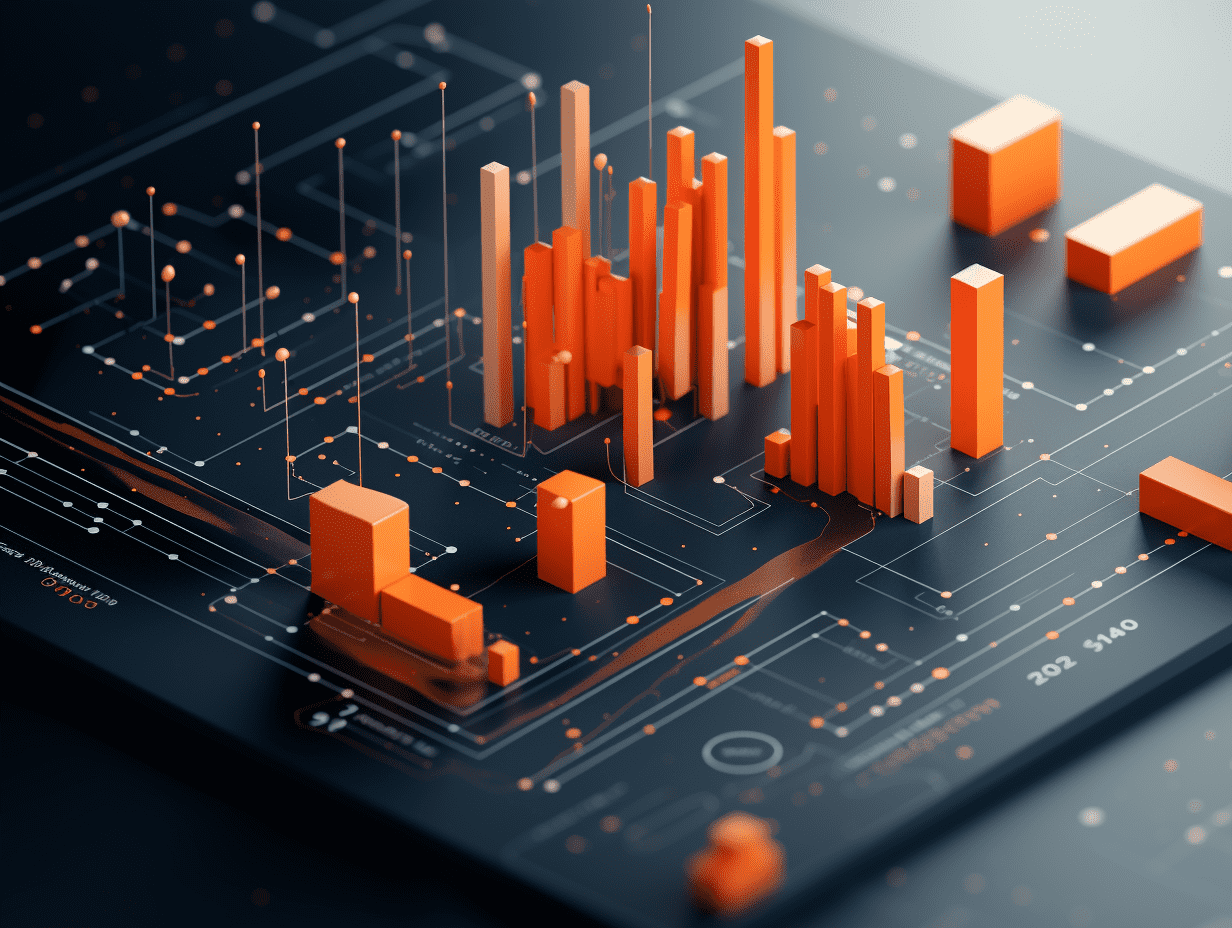
Guoyuan: AI is reshaping the era of smart homes, expanding to open up a trillion-dollar blue ocean.
Guoyuan released a research report stating that the smart home industry is expected to continue to grow under the resonance of technological breakthroughs, policy support, and consumer upgrades. The investment logic is divided into 4 main themes: 1) Focus on leading companies in the smart home ecosystem; 2) Leading companies in the segmented smart home sector; 3) Traditional home appliance companies actively entering the smart home sector with brand, channel, and financial strength; 4) Internet companies actively participating in the construction of the AIoT platform ecosystem.
Guoyuan's main points are as follows:
Smart homes enter a new era of active intelligence and cross-ecosystem interconnection
The empowerment of 5G+AIoT completely innovates the form of smart home products; the standardization of the Matter protocol enables cross-brand device connectivity and communication protocol compatibility, while the entry of interconnected platforms enables device companies to fully support multiple platforms, making ecological integration (cross-brand compatibility, cloud service interoperability, protocol compatibility, etc.) the mainstream trend. In addition, the breakthrough development of generative AI in 2022 allows devices to autonomously develop personalized scenario strategies through deep learning of user behavior patterns, pushing smart homes into a new stage of "active intelligence."
Policy continues to intensify, pushing the smart home industry towards a standardized and scenarized new ecosystem
Since 2020, the State Council, the Ministry of Industry and Information Technology, and other departments have issued a series of policies such as the "National New Generation Artificial Intelligence Standardization System Construction Guidelines" and the "Action Plan for Promoting High-Quality Development of the Home Industry," focusing on technical standardization (accelerating the unification of AIoT technical standards, promoting cross-brand device interconnection), industry chain collaboration (encouraging the development of green intelligent products, scenario integration), consumer incentives (trade-ins, subsidies, etc.), and scenario expansion (deep integration of new scenarios such as smart communities, aging-in-place renovations, and medical health) to promote the sustained and healthy development of the smart home industry.
Industry scale expansion combined with multi-level growth in segmented tracks creates a new blue ocean waiting to be tapped
By 2023, the market size of China's smart home market will reach 755.81 billion yuan, with a CAGR of 13.68% from 2020 to 2023. Specifically, smart home appliances and smart entertainment occupy over 80% of the smart home market size, followed by smart connectivity (76 billion yuan), smart security (37.8 billion yuan), smart light sensing (22.7 billion yuan), and smart energy management (7.6 billion yuan). According to the report "Insights into the 2025 Smart Home Consumer Trends" by Zhou Jun, member of the National Professional Standardization Technical Committee and investment director of the China Smart Home Industry Alliance, the United States, China, the United Kingdom, Japan, and Germany are currently the most active countries in the global smart home industry, with the Asia-Pacific region seeing the fastest growth. China is expected to achieve double-digit growth in the next 3-5 years.
Core industry players in the smart home industry: Differentiation in the pathways of top players, with four major camps competing on the same stage
The core players in the industry chain can be divided into four categories: 1) Companies in the full smart home ecosystem (Xiaomi, Huawei, Yingshi, etc.): Driven by a dual platform and hardware model, focusing on whole-house smart solutions, relying on strong R&D capabilities to cover all home scenarios, and emphasizing their own closed-loop ecosystem. 2) Single product hardware companies (Ecovacs Robotics, Beijing Roborock Technology, Xgimi, etc.): Focused on specific vertical fields, using technology-driven products to open up the market. 3) Traditional home appliance companies (Midea, Gree, Haier, etc.): Utilizing brand influence and channel resources to upgrade traditional home appliances to smart products and expand to whole-house products. 4) Internet companies (Alibaba, JD.com, Tencent, etc.): With platform ecosystem construction as the core, integrating third-party hardware brands and expanding service scenarios.
Risk warning
AI deployment falling short of expectations, slow progress in protocol compatibility promotion, risks of policy changes.
RECOMMEND
©️2013 - 2025 GMT EIGHT Holdings. All Rights Reserved.
Contact: [email protected]


